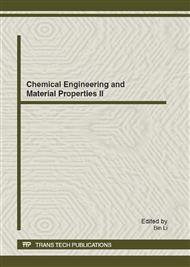p.969
p.975
p.979
p.984
p.988
p.993
p.998
p.1002
p.1007
NURBS Fitting Optimization Based on Ant Colony Algorithm
Abstract:
It is a key problem to fit curve and surface in many graphics and image computation programs. It is an NP-hard problem to obtain the estimation of the control parameters of NURBS (Non Uniform Rational B-Spline) for the result of fitted shape. Therefore, a modified ant colony optimization algorithm is used to estimate the weight and knot by minimizing the sum square error between the fitted and target curve and surface. The experiments results show that the optimization algorithm is a better opinion when a good initial location of vector is selected.
Info:
Periodical:
Pages:
988-992
Citation:
Online since:
July 2012
Authors:
Keywords:
Price:
Сopyright:
© 2012 Trans Tech Publications Ltd. All Rights Reserved
Share:
Citation:


